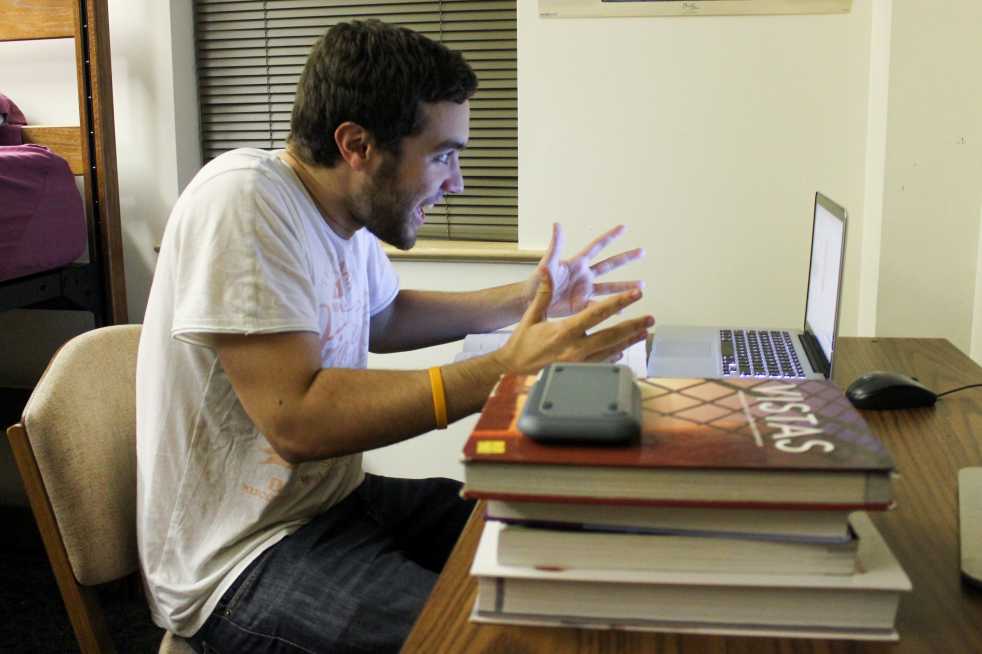Since last week, the Office of Information Technology (OIT) has been attempting to fix an issue with the campus Wi-Fi authentication that had been causing connection problems across campus. The original solution to the authentication, which caused more problems, has been removed and fixes have been put in place to reduce the number of drops in authentication.
“Since the start of classes, we’ve had these intermittent issues that are related to the authentication,” said Matt Sanders, Wireless Services Manager for OIT.
GTwifi, the current incarnation of Tech’s campus wireless network for students, uses an authentication process called WPA2 enterprise in which servers store users’ credentials and periodically re-authenticate the users.
“[What] we’ve been tracking down since the start of the semester is that for a few people, mostly around peak load time when the most users are online, we were having some intermittent connectivity issues,” Sanders said.
While attempting to fix the intermittent connection issues, OIT inadvertently caused problems.
“So we attempted to put a fix in on [last] Monday for that and it didn’t go so well and we discovered the real root of the failure [of the fix…]” Sanders said. “[We] discovered a problem with how different failure scenarios work. So we resolved that Monday night, so now we’re back to we have these intermittent problems.”
Aside from the authentication issues, some common issues OIT deals with are RF Interference and older Wi-Fi hardware. Especially in large classrooms where many people are attempting to access the internet simultaneously, RF interference can be a huge problem.
“[When students] turn hotspots on their phones and Mi-Fi devices and things like that, [it’s] contributing to making things worse,” Sanders explained.
To improve the situation in classrooms, OIT requested and received funding from the Student Technology Fee for improved Wi-Fi access points in classrooms.
“We went from omnidirectional to directional antennas with the idea that we could then utilize all of the separate channels and try to focus on particular areas of the room, put more access points in the room,” Sanders said.
Older Wi-Fi hardware can also put strain on the network. While 5 GHz, with 24 channels, is now the standard, many older devices run on 2.4 GHz, which only has three channels.
“[That’s] really about legacy devices or improperly configured devices,” Sanders said. “So the more people we can get to move to 5 GHz the better.”
Despite the challenges, however, Tech’s internet infrastructure is strong.
“We’re pretty fortunate here at Tech, we have significant connectivity to the Internet,” Sanders said. “We have pretty robust infrastructure in terms of capacity for wireless clients and number of [access points], we have 4,000 [accesspoints] on the campus.”
